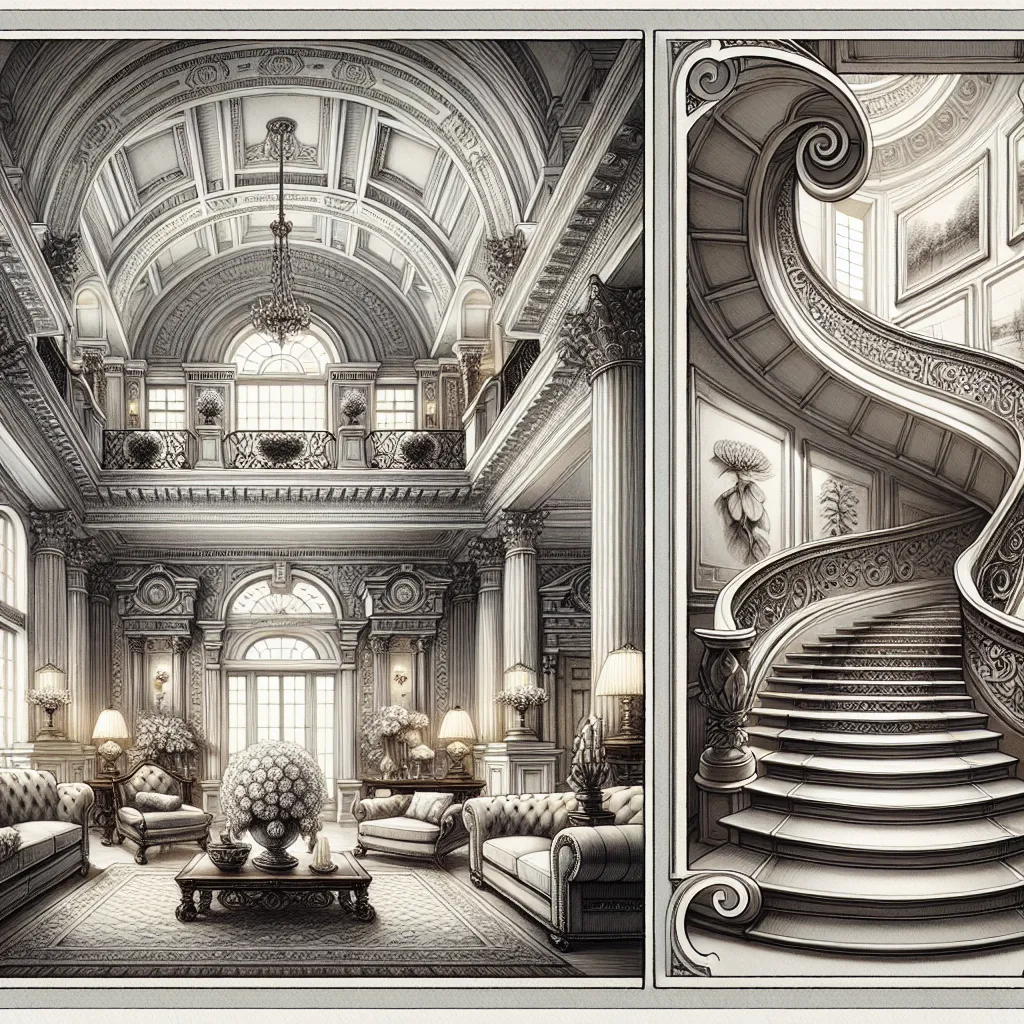Exploring the Timeless Elegance of Inigo House: A Journey Through History and Architecture

In the heart of Greenwich, one architectural marvel stands out amongst the rest—Inigo House. This captivating structure, designed by the revolutionary architect Inigo Jones, is a beacon of classical elegance and architectural innovation. But what makes Inigo House truly remarkable? It’s not just its breathtaking design but the historical narrative it carries, echoing the grandeur of its era. As we delve into the intriguing story of this iconic building, we uncover the legacy of its creator and the timeless allure of its Palladian style.
The Birth of a Masterpiece: Inigo Jones’ Vision
A New Era in British Architecture
Inigo Jones, a pioneer of architecture in Britain, introduced the revolutionary Palladian style to English soil. Before his influence, British architecture was a medley of Gothic and Tudor styles. Jones’ vision was to bring the order and symmetry he admired in Italian Renaissance architecture, particularly that of Andrea Palladio, back to Britain. This vision culminated in the creation of Inigo House, which stands as a testament to his innovative approach.
Designing Inigo House: The Intersection of Art and Architecture
Inigo House, initially commissioned by Queen Anne of Denmark, was designed to be a garden retreat, a serene escape amidst the bustling Greenwich landscape. Jones faced a unique challenge: a public road bisected the proposed site, separating Greenwich Park from the Palace. His ingenious solution was an “H” shaped building that elegantly bridged the road, seamlessly connecting the park with the palace grounds.
The Pause and Resume of Construction
Tragically, Queen Anne passed away before seeing her retreat completed, halting construction. It wasn’t until Queen Henrietta Maria, a patron of the arts, revived the project that Jones resumed his work, incorporating additional features like a terrace and the iconic horseshoe staircase. This period of delay only added to the mystique of the building, making its eventual completion all the more celebrated.
Architectural Marvels Inside Inigo House
The Great Hall: A Symphony of Marble and Light
Step into the Great Hall of Inigo House, and you’re met with a visual feast. This 40-foot cube, adorned in royal white and gold, mirrors the elegance of a bygone era. The black and white marble flooring, laid under the direction of Charles I’s Master Mason Nicholas Stone, is a geometric wonder that reflects the ceiling’s compartments above.
The Tulip Stairs: Engineering Feat or Floral Fantasy?
One of the most enchanting features of Inigo House is the Tulip Stairs—the first centrally unsupported spiral staircase in England. Contrary to their name, the banister’s design is a fleur-de-lis, a nod to Henrietta Maria’s French lineage. This staircase is both an engineering marvel and a piece of art, spiraling upwards in a delicate dance of form and function.
The Legacy of Inigo House
Inspiring Future Generations
Inigo House didn’t just change the skyline of Greenwich; it sparked a design revolution across England. It influenced the classical Georgian style, which would dominate the architectural landscape of the 18th and 19th centuries. This building’s impact on British architecture is akin to a pebble causing ripples in a pond, its influence reaching far beyond its immediate surroundings.
A Continuing Journey
Today, Inigo House remains a cherished piece of history, drawing visitors from around the world. Its walls, adorned with art ranging from the Armada Portrait of Elizabeth I to contemporary works by artists like Kehinde Wiley, continue to inspire and captivate. The journey through its halls is not just a walk through history but a conversation with the past, present, and future of art and architecture.
Experience Inigo House with Ease
Inigo House stands as a beacon of beauty and innovation, a must-visit for anyone interested in history or architecture. And with the help of platforms like AnySqft, exploring properties like Inigo House has never been easier. Whether you’re renting, buying, or simply visiting, the experience is seamless and enriched by AI-driven insights.
Key Features of Inigo House
| Feature | Description |
|---|---|
| Architect | Inigo Jones |
| Style | Palladian |
| Notable Rooms | Great Hall, Tulip Stairs |
| Year Completed | 1635 |
| Visitor Info | Open to the public, guided tours available |
Inigo House isn’t just a building; it’s a story etched in stone, a living testament to the creativity and vision of Inigo Jones. Its elegance and historical significance make it a jewel in the crown of British architecture. As we continue to celebrate its legacy, we are reminded of the timeless power of design to inspire and transform.
inigo house
Overview of Inigo House
Inigo House, designed by architect Inigo Jones, is a masterpiece of Palladian architecture completed in 1635. Its key features include:
- The Great Hall: A stunning 40-foot cube adorned with white and gold.
- Tulip Stairs: The first centrally unsupported spiral staircase in England.
Architectural Significance
Inigo House represents a pivotal moment in British architecture, bridging the gap between Tudor and Georgian styles. Its innovative design has influenced countless buildings across the UK.
Explore with AnySqft
Experience the elegance of Inigo House and properties like it effortlessly through AnySqft. Discover your dream home today!